Whether you're a seasonal camper or a full-time RVer, comfort on the road is non-negotiable. One of the most critical components of your RV's interior environment is the air conditioning system, and choosing between a ducted and a non-ducted unit can significantly affect your overall experience.
Here, we'll dissect the intricacies of each configuration to help you understand which one aligns best with your RV lifestyle. This comprehensive comparison aims to demystify the decision-making process, ensuring you stay cool as a cucumber on your next adventure.
Understanding Ducted and Non-Ducted RV Air Conditioner Systems
Before you can make an informed decision, it's important to grasp the basics of each system and how they operate within the context of an RV.
What is a Ducted RV Air Conditioner System?
A ducted system uses a network of conduits to distribute cold air throughout the RV. These conduits, or ducts, are typically hidden within the ceiling panels or walls, providing a more centralized and unobtrusive cooling process.
What is a Non-Ducted RV Air Conditioner System, and How Does it Work?
Non-ducted, also known as 'ducted ceiling assembly' or 'penguin' systems, do not utilize ducts for air distribution. Instead, the unit is placed on the ceiling, and air is released through the vents integrated into the unit itself. This type of system offers faster cooling in a more directional manner.
Pros and Cons of Ducted Systems
A ducted RV air conditioning system comes with its array of benefits and drawbacks.
Pros of Ducted Systems
- Distribution Efficiency: Ducts spread the air more evenly throughout the RV, ensuring a consistent temperature.
- Aesthetics: The concealed nature of ducted systems offers an unblemished ceiling, maintaining the interior's original design aesthetic.
- Noise Reduction: The centralized location of the main unit can potentially reduce overall noise levels within the RV.
Cons of Ducted Systems
- Initial Cost: Ducted systems tend to be more expensive to install, especially in existing RVs that require retrofits.
- Maintenance Complexity: The network of ducts may require more frequent and intricate cleaning to avoid dust build-up and maintain air quality.
- Airflow Adjustments: It can be challenging to tweak airflow direction without separate vents in each living space.
Pros and Cons of Non-Ducted Systems
A non-ducted system offers its own set of advantages and disadvantages.
Pros of Non-Ducted Systems
- Rapid Cooling: The absence of ducts means air is delivered straight from the unit, providing quick relief from the heat.
- Lower Initial Cost: Non-ducted systems are generally more affordable and easier to install.
- Ease of Maintenance: With fewer components, maintenance typically involves less complexity and cost.
Cons of Non-Ducted Systems
- Aesthetic Trade-offs: The visible nature of the ceiling unit and associated vents can disrupt the RV's interior design.
- Uneven Air Distribution: Non-ducted systems can struggle to maintain a uniform temperature in larger RVs, leading to hot and cold spots.
- Higher Noise Levels: When compared to a ducted system, non-ducted units can be louder, especially during peak cooling periods.
Choosing the Ideal RV Air Conditioner System for Your RV
Ultimately, the right choice depends on your unique usage and preferences. Consider the following factors when making your decision:
RV Size and Layout
For smaller RVs or ones with an open-plan layout, a non-ducted system may be ideal due to its efficiency in a contained space. Larger RVs with multiple rooms benefit from a ducted system's ability to maintain uniform cooling.
Noise Tolerance
If you're sensitive to noise or frequently camp in quiet, serene locations, a ducted system's potential for quieter operation might be more suitable.
Customization and Aesthetics
Your desire for an unobtrusive design might push you towards a ducted system, whereas the need for a cost-effective, quickly installed solution could lead you to a non-ducted unit.
Seasonal Considerations
If you predominantly camp in locations with extreme temperatures, the distribution efficiency of a ducted system could be advantageous. On the other hand, in a seasonal context, where you require rapid but occasional cooling, a non-ducted system might be more practical.
In conclusion, both ducted and non-ducted RV air conditioning systems offer unique sets of benefits and drawbacks. By evaluating your individual needs alongside each system's characteristics, you can make an educated choice that enhances your overall RV experience. Remember, staying cool is just the start of your RV adventure — the best air conditioning system is the one that supports the memories you’ll make along the way.


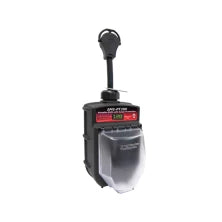
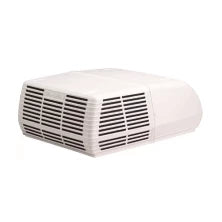
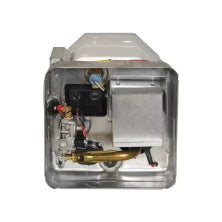
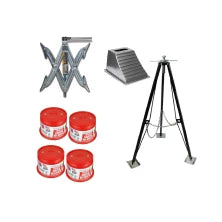
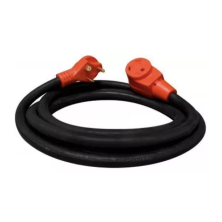
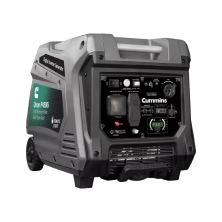

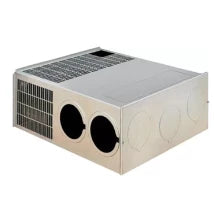


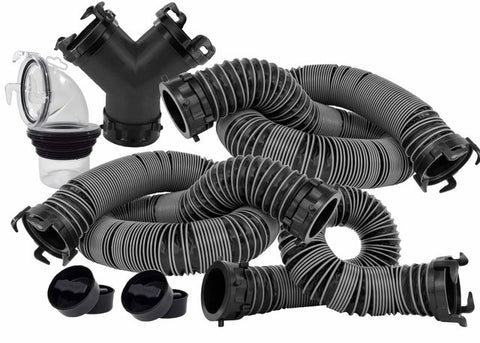

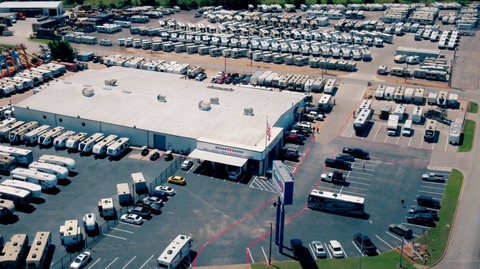
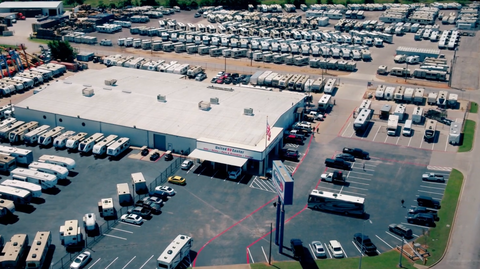
Comments (0)
There are no comments for this article. Be the first one to leave a message!